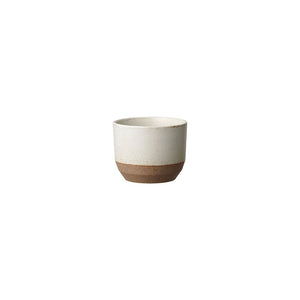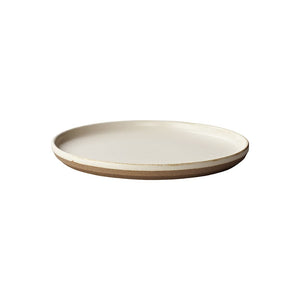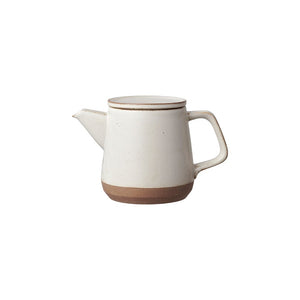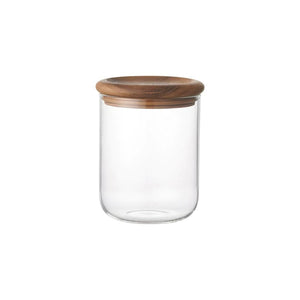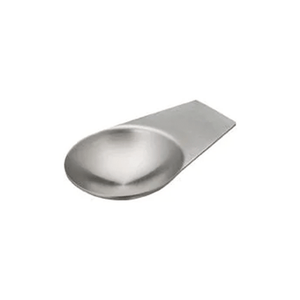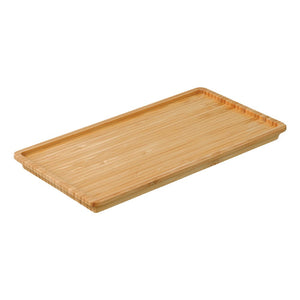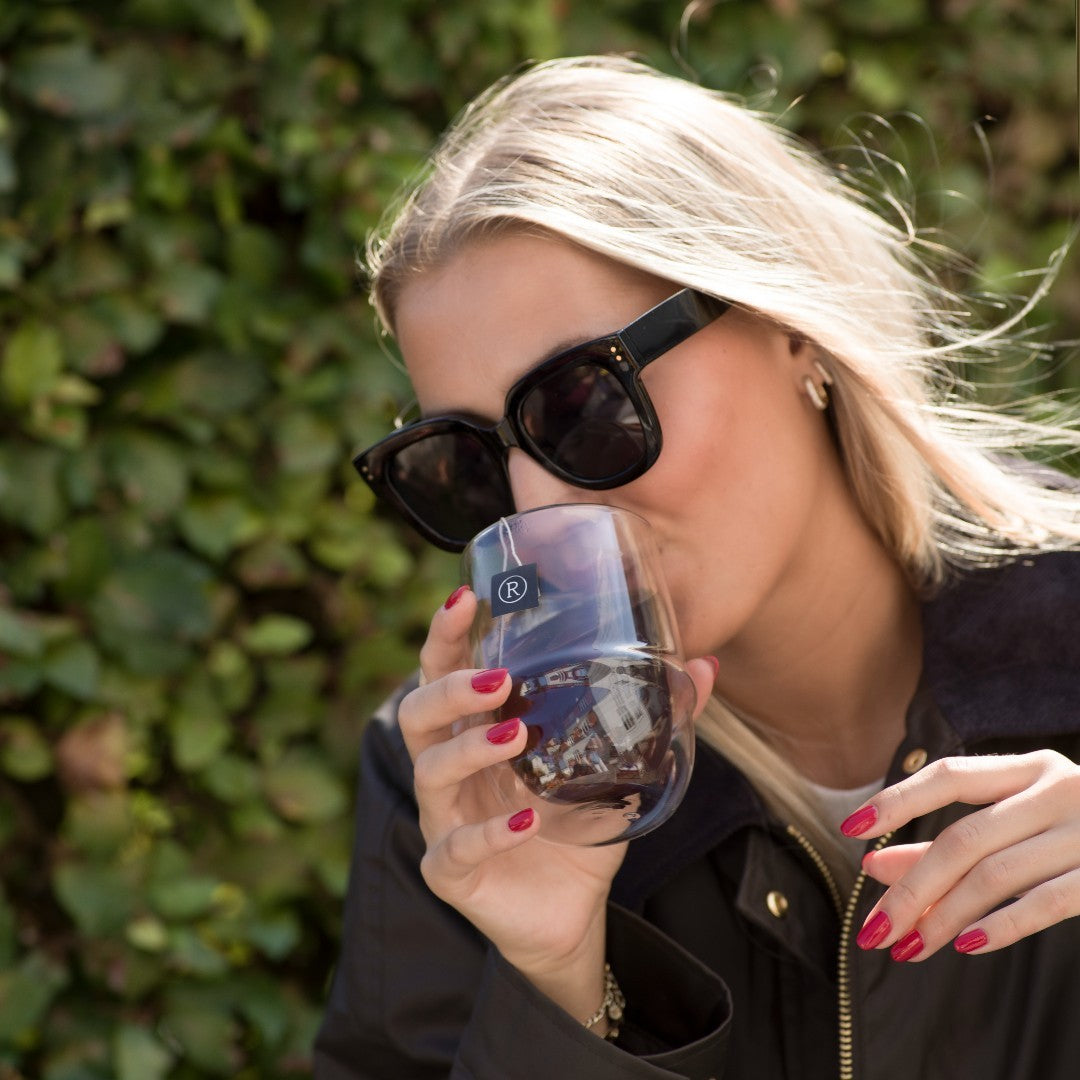Article: The Busy Tea Drinker's Guide To Green Tea
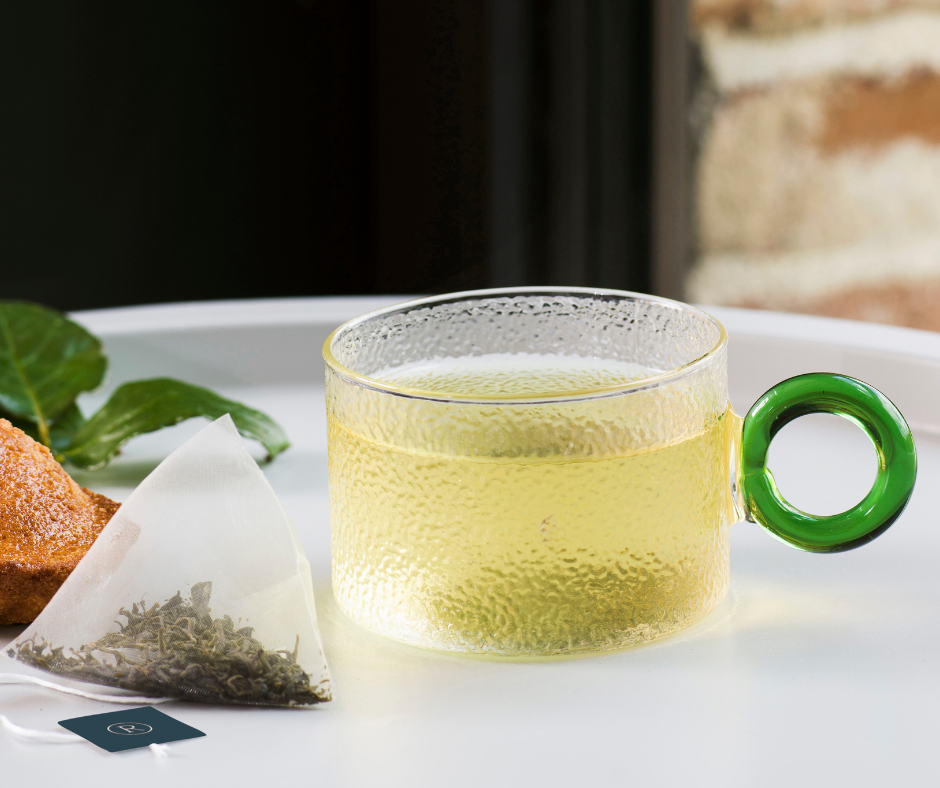
The Busy Tea Drinker's Guide To Green Tea
Are you a tea connoisseur? Perhaps you have questions about green tea but have little appetite for scanning countless websites about it. In this guide to green tea, we have you covered. Sit back, kick your shoes off, and learn the mysteries of green tea, the no-fuss Revolution way.
A Brief History of Green Tea
Tea began its rich history in the heart of ancient China. Legend has it that the Emperor Shen Nong popularized this satisfying drink in 2737 BC. According to the legend, the Emperor was fastidious about sanitizing drinking water. He discovered tea quite by accident, however. His servants were boiling water one day when they spied dried leaves in the water. They were alarmed when the water turned brown. For his part, the Emperor was more curious than angry. He insisted on tasting the water. Meanwhile, his royal servants held their collective breaths. The court's mood turned jubilant, however, when the Emperor announced that the drink was delicious. Thus, tea made its auspicious entrance into the world. In 600 BC, the scholar Lu Yu wrote Cha Jing, the classic treatise on tea. His book outlines the history of tea and the proper tools for picking, drying, processing, and storing tea leaves. Most importantly, Lu Yu outlines the ancient methods of crushing, boiling, and savoring the various varieties of teas. From China, tea spread to Japan, Europe, and the Americas. Today, Chinese and Japanese green teas are enjoyed all over the world.
Chinese Green Teas
Chun Mee or Precious Eyebrows

This popular tea is known by its slender dried leaves. It originated from Jiangxi province but is also grown in Yunnan, Anhui, and Zhejiang today. Chun Mee is processed differently from other types of green tea. After careful picking, the leaves are dried in the sun and mechanically processed. They don't undergo the traditional fermentation process, however. Instead, the leaves are hand-pressed and passed through hot rollers. Chun Mee is a full-bodied tea with robust flavors and is particularly known for its anti-aging properties.
Shop our selection of Green Teas here!
Gunpowder
The tea leaves are rolled into tight, pellet-like shapes, thus its name. Gunpowder tea originated from Zhejiang province and has a higher caffeine content than the average green tea. Its rugged, metallic undertones may be an acquired taste for some. Gunpowder tea is rich in catechins, which are natural antioxidants. They neutralize free radicals that contribute to degenerative diseases such as Alzheimer's and rheumatoid arthritis.
Long Jing or Dragonwell

This fragrant tea is redolent of citrus and hints of vegetal. It's primarily grown in Hangzhou and was considered the tea of emperors in ancient China. Long Jing favors mild climates with limited periods of sunshine. In such conditions, it retains its mellow, exquisite flavors. Longjing leaves are traditionally dried in blazing hot woks by experienced roasters. Today, Long Jing is one of the pricier green teas, but it continues to gain devotees because of its smooth, sensual flavors.
Huang Shan Mao Feng or Yellow Mountain Fur Peak
This tea is a modern Chinese favorite and grows in Anhui province, the home of the most exclusive varieties of green teas. Its robust, floral accents complement its signature sweetness. Huangshan Maofeng is oven-roasted, rather than pan-fired. This allows it to retain its primeval nature of "mountain and cloud." Huangshan Maofeng is particularly known for its rejuvenating and anti-inflammatory properties. NOTE: the Anhui province is where Young Hyson comes from also. Do you want to add Young Hyson in here as its own separate province?
Xin Yang Mao Jian
This elegant tea gained prominence during the Qing dynasty and is one of the most favored teas in China. It primarily grows in Xin Yang (Henan) and only the freshest buds and leaves are used in its making. Xin Yang Mao Jian has a pungent, savory fragrance suggestive of the greenest pines and grasses. Lu Yu extolled its virtues in his influential Cha Jing. The tea's refreshing aftertaste makes it a popular palate-cleansing choice after a rich meal.
Bi Luo Chun or Green Snail Spring
This exclusive tea joins its peers Long Jing and Huang Shan Mao Feng on China's Famous Teas list. It's primarily grown in the Dong Ting Mountains of Jiangsu province. Bi Luo Chun is only produced in the spring, its tender buds and barely-opened leaves processed on the same day they are picked. Its name comes from the tea's tight, spiral shape. Tea lovers cherish its delicate, fruity flavors, reminiscent of the first fruits of spring.
Japanese Green Teas
Gyokuro
This select tea primarily grows in Okabe, Uji, Kame, and the Kagoshima prefecture. Unlike other Japanese green teas, Gyokuro grows under the shaded protection of bamboo or straw mats 3 weeks prior to harvest. In this respect, it's similar to its Chinese cousin, Long Jing. Both teas retain the crucial L-Theanine amino acid, which contains immune-boosting and cognitive enhancement properties. L-Theanine is also known for its stress-reducing benefits. Gyokuro's sweet fragrance complements its buttery undertones and brothy, vegetal flavors. Like the Chinese Bi Luo Chun, Gyokuro is harvested only in the spring from the earliest, most delicate buds and leaves. It's thought to possess cancer-fighting and cognitive-boosting properties.
Sencha

The highest-grade Sencha is derived from the upper leaves of the tea plant in the misty mountain regions of Obuku in Uji. Careful steaming and rolling produce its deep-green, needle-like leaves. A first brew produces an opaque, olive green liquid, with a grassy fragrance and earthy, vegetal aftertaste. Japanese emperors favored Sencha, and today, tea connoisseurs revere it for its anti-inflammatory, immune-boosting properties. This premium quality tea comprises more than 75% of the tea manufactured in Japan today.
Shop our collection Tokyo Sencha Green Tea!
Fukamushi Sencha
This elegant tea is primarily derived from the Shizuoka and Kagoshima prefectures. The Fukamushi prefix means that this Sencha has been deep-steamed or steamed for longer than is conventional for Senchas. Tencha Tencha is produced similarly to Gyokuro in the famous Uji region: it's shaded from sunlight a few weeks before harvest. Tencha also undergoes similar processing as Sencha and Gyokuro, with one important difference: it's not kneaded after the steaming and drying process. In modern Japan, its delicate flavors make it a refreshing seasonal iced tea. Matcha Ancient Japanese elites christened Matcha a fit drink for the gods. This premier, fine-powdered tea is actually stone-milled Tencha. The famous Uji region provides the highest quality Tencha for Matcha brews. Matcha is the key beverage used in Japanese tea ceremonies, during which two types of brews are imbibed: usucha and koicha. Usucha Matcha is frothy, light, and refreshing. In contrast, Koicha's opulent viscosity makes it the connoisseur's Matcha of choice. Like its Chinese cousin, Gunpowder, Matcha is rich in catechins. Preliminary studies have shown that Matcha may decrease one's risk of liver disease.
Kabusecha
Like Gyokuro and Tencha, Kabusecha is also shaded for a short time prior to harvest. In contrast to both, however, Kabusecha is only shaded from between 10-14 days. Genmaicha Genmaicha originates from Bancha leaves that are grown in Kyushu and Uji. It was said that Buddhist monks created this popular "people's tea" by mixing leftover rice with green tea. Today, Genmaicha is an intriguing mix of roasted brown rice and Bancha. Some manufacturers also add Matcha to Genmaicha, after which it's known as Genmaicha Matcha-iri.
Houjicha
This elegant tea is primarily derived from late-season Bancha leaves and grown in full sunlight. As a point of reference, Sencha leaves are the topmost leaves of the tea plant, while Bancha leaves are the lowest. The roasting process strips Houjicha of much of its caffeine content, making it a prized bedtime drink in Japan. Houjicha is a soothing tea with nutty, woodsy undertones.
Shincha
Shincha is usually the first pickings of Sencha, comprising the Ming Qian harvests prior to April 5th. The Ming Qian harvests are the earliest harvests of tea, prior to the QingMing (Tomb-Sweeping Day) festival. Shincha, of course, is grown in all of Japan's major tea-growing regions, especially in Shizuoka prefecture. It's hands-down the freshest tasting tea of the season. Ready to start tasting some of these green teas for yourself?
Check out Revolution Tea's selection of green tea!







